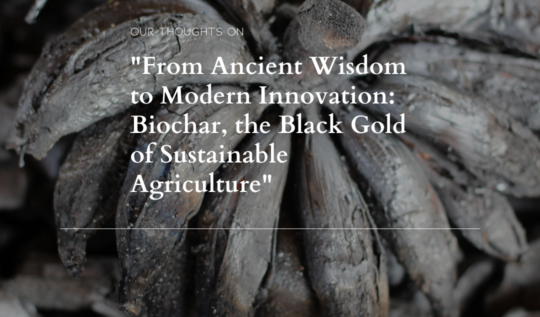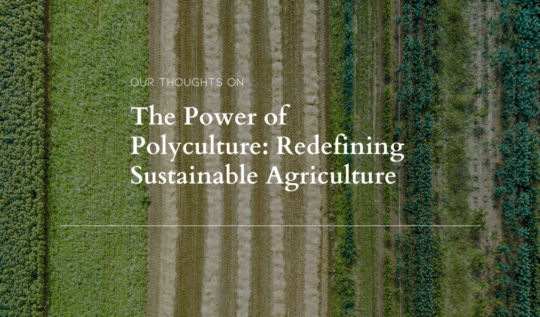Hydroponics is a the new buzz in the farming world but did you know that this inventive technique of cultivating plants without traditional soil is not a recent development; its historical roots extend deep into the annals of time. Take a moment to delve into the fascinating history of hydroponics and its journey to the present day.
1. The Hanging Gardens of Babylon:
First lets go back to one of the Seven Wonders of the Ancient World: the Hanging Gardens of Babylon. Although not truly “floating gardens,” these lush terraced gardens showcased advanced irrigation techniques. They transported water from the Euphrates River to sustain flourishing greenery, hinting at early hydroponic principles.
2. Aztec Chinampas:
Talking about ancient Mexico, where the Aztecs ingeniously cultivated their crops in a system known as chinampas. These “floating gardens” were rectangular plots created in the shallow waters of the lakes surrounding Tenochtitlán, the Aztec capital. Built on wooden frameworks and enriched with nutrient-rich lakebed mud, chinampas offered high yields and played a vital role in their civilization’s food security.
3. Pioneering 17th century Experiments:
Fast-forward to the 17th century, when Jan Baptist van Helmont, a distinguished Flemish scientist, conducted one of the earliest recorded experiments that underscored the vital role of water in plant growth. He planted a five-pound willow tree in a pot with 200 pounds of soil. Over the next five years, he added nothing to the pot but distilled water and rainwater. After five years, the tree weighed in at 169 pounds, and the soil only weighed 2 grams less than it had five years earlier. These seminal experiments set the stage for the eventual development of the hydroponic concept.
4. 19th Century Advancements:
The 19th century witnessed a renaissance in hydroponic research, marked by the invaluable contributions of scientists like Julius von Sachs in Germany and William Frederick Gericke in the United States. Gericke, often credited with coining the term “hydroponics,” conducted pioneering experiments with nutrient solutions, laying the foundation for the modern hydroponic methodology.
5. World War II and Beyond:
During World War II, hydroponics emerged as a critical solution to supply food in regions with limited arable land. Subsequently, post-war developments saw hydroponics embraced by NASA for space missions, where it offered a meticulously controlled environment for plant growth.
The history of hydroponics is a testament to humanity’s enduring pursuit of innovation and sustainability in agriculture. From the legendary Hanging Gardens of Babylon to NASA using hydroponics for space missions and all the other scientific breakthroughs of the 20th century, hydroponics has traversed a remarkable journey. This historical narrative underscores the fusion of ancient wisdom with contemporary technology, offering a glimpse into the future of sustainable agriculture.




